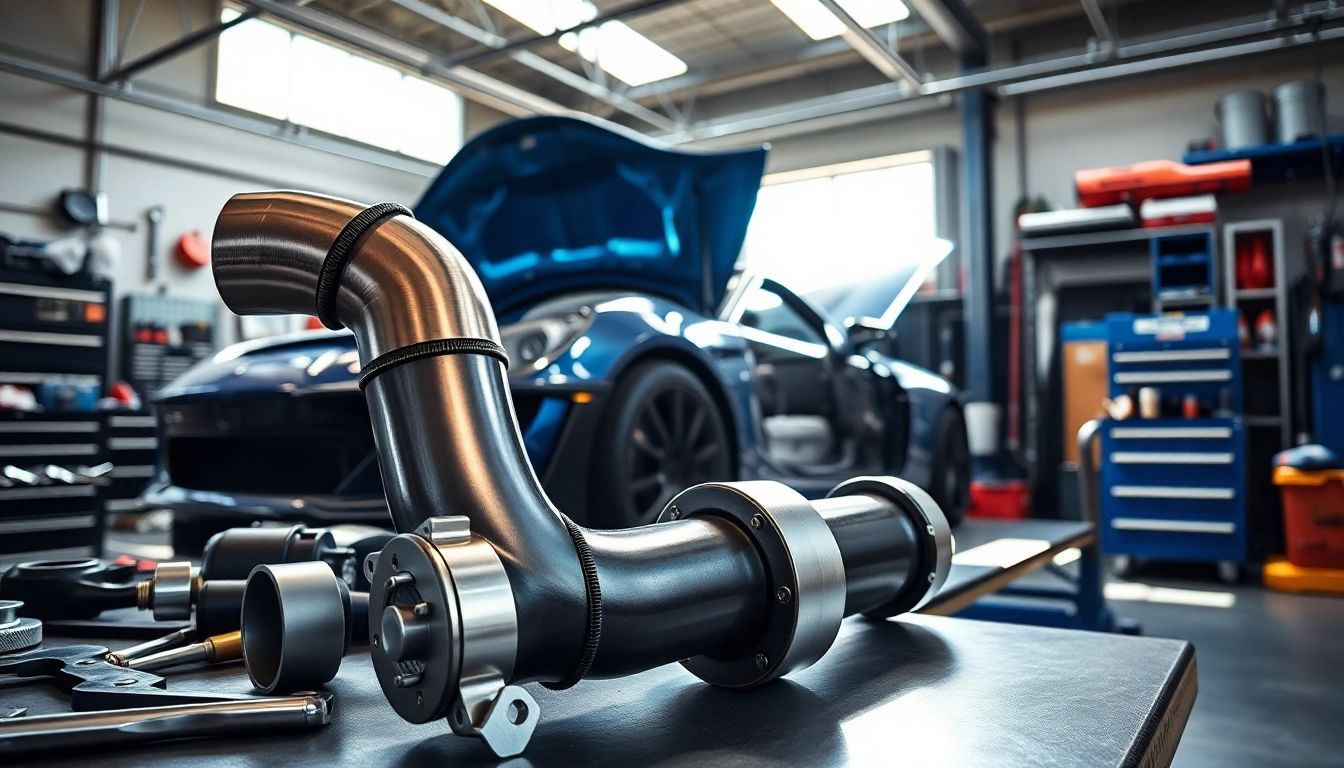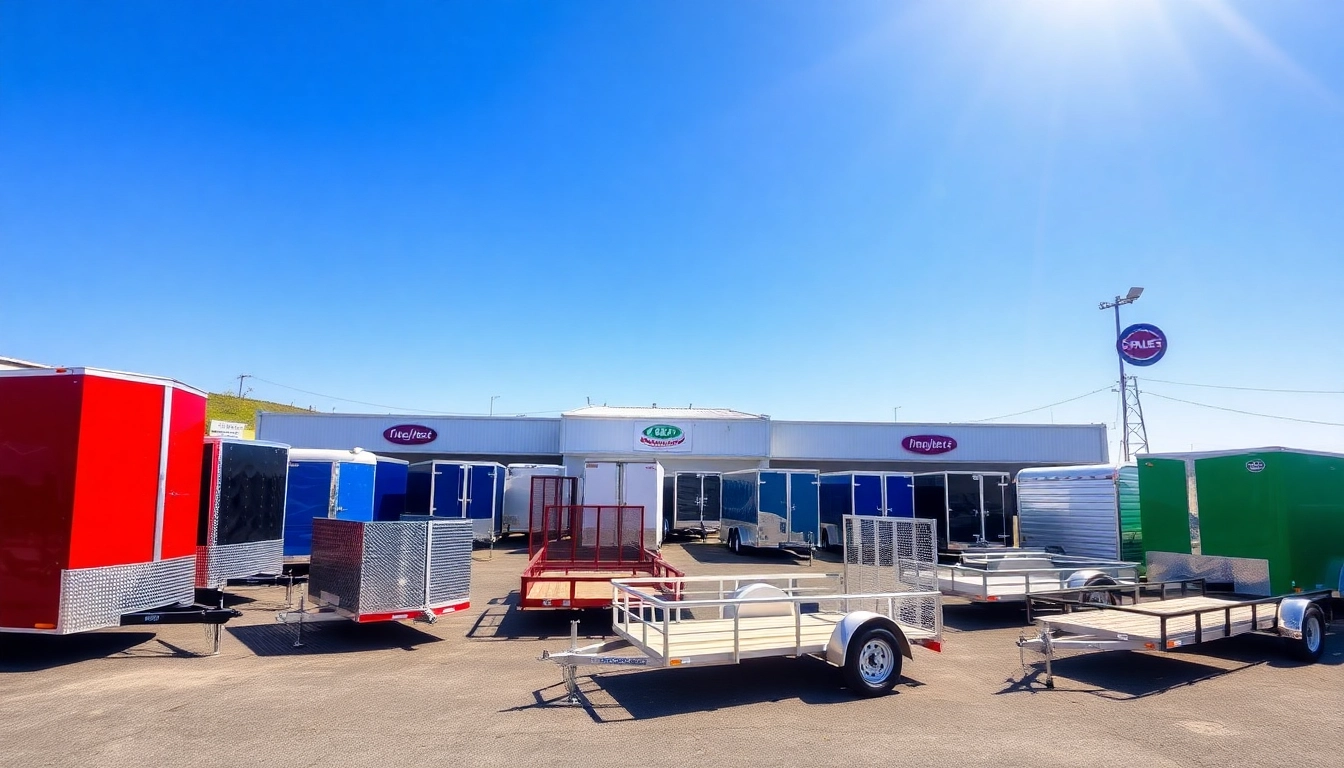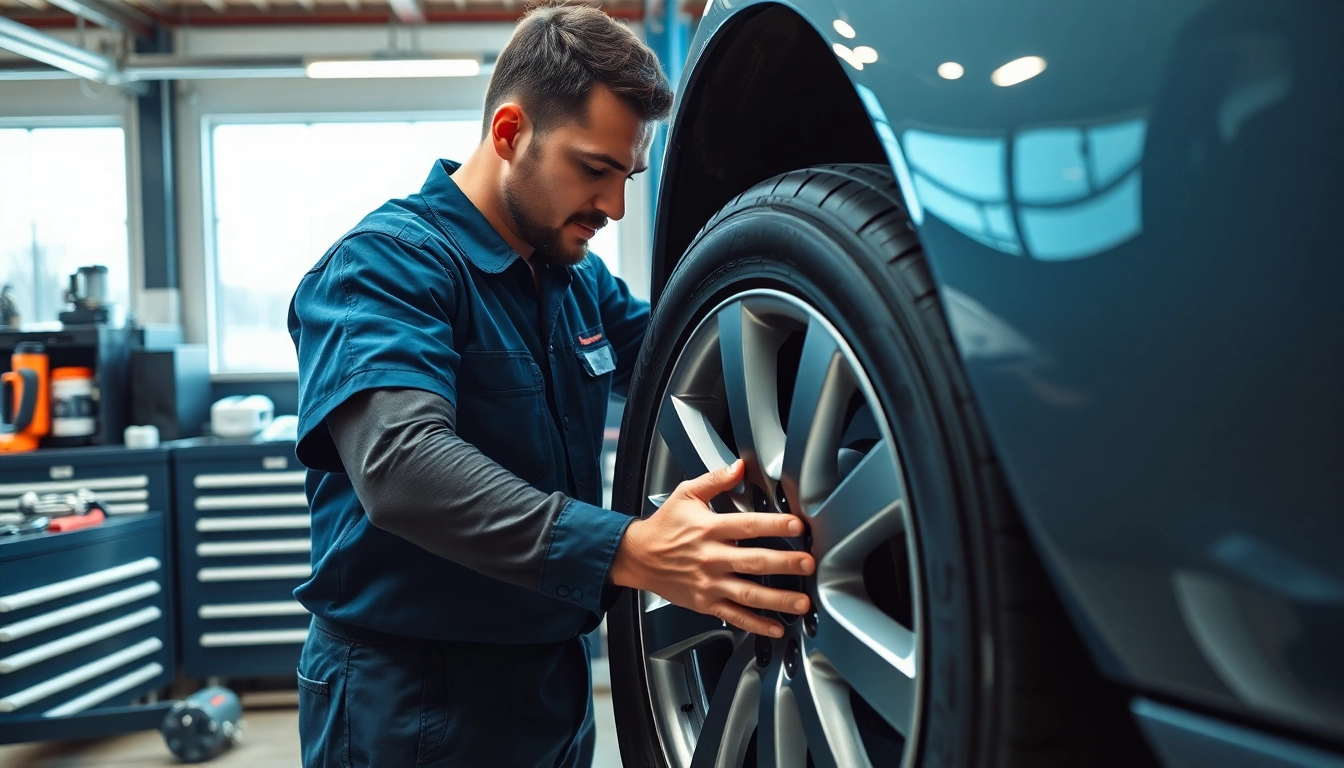What is a Charge Pipe Kit?
Definition and Purpose of a Charge Pipe Kit
A charge pipe kit is an essential component in the performance enhancement of turbocharged vehicles. These kits replace the factory charge pipes which are designed to route compressed air from the turbocharger to the intake manifold. The primary purpose of a charge pipe kit is to improve airflow, reduce turbo lag, and enhance engine performance by providing a more efficient path for the air that is essential for efficient combustion.
By upgrading to a charge pipe kit, car enthusiasts can experience increased horsepower and torque, improved throttle response, and overall better vehicle performance. This is particularly critical for those looking to custom-tune their vehicles for enhanced output. The charge pipe kit is an integral part of achieving these performance metrics.
Components of a Charge Pipe Kit
A typical charge pipe kit consists of several key components that work together to ensure optimal performance. These components include:
- Charge Pipes: These are the main tubes that transport air from the turbocharger to the engine. Upgraded pipes often feature larger diameters and smoother bends to decrease turbulence.
- Silicone Hoses: These hoses connect the charge pipes to various engine components. They are flexible, heat-resistant, and durable, making them ideal for high-performance applications.
- Couplers and Clamps: These components ensure that the charge pipes and hoses are securely connected. High-quality clamps provide a tighter seal, preventing boost leaks.
- Brackets and Fittings: These may be included in kits to ensure a proper fitment in specific vehicle models.
Each component is designed with performance in mind and often constructed from high-quality materials like aluminum or reinforced plastic to withstand high pressures and temperatures.
Benefits of Upgrading to a Charge Pipe Kit
Upgrading to a charge pipe kit offers numerous benefits for both enthusiasts and everyday drivers seeking improved performance. Some key advantages include:
- Improved Airflow: Enhanced inner diameter and design reduce turbulence, leading to better air delivery to the engine.
- Reduced Turbo Lag: An efficient charge pipe kit allows for quicker response times from the turbocharger, leading to improved throttle response.
- Increased Power: Studies suggest that vehicles with upgraded charge pipes can see an increase in horsepower and torque, sometimes exceeding 10-20% under proper tuning conditions.
- Heat Resistance: Many charge pipe kits use materials that can handle higher temperatures, improving overall performance under extreme conditions.
- Customization Options: Fans of aesthetic customization can select colored silicone hoses or polished aluminum pipes to enhance the visual appeal of the engine bay.
How a Charge Pipe Kit Improves Engine Performance
Role of Charge Pipe Kit in Airflow
The primary function of a charge pipe kit is to optimize airflow from the turbo to the engine. Turbos compress air before it enters the combustion chamber. If the charge pipes are overly restrictive or poorly designed, they can create bottlenecks that impede airflow. By replacing factory-installed components with a charge pipe kit, the diameter of the pipes is often increased, and the bends are made smoother to facilitate uninterrupted airflow.
Additionally, upgraded charge pipes are better at minimizing pressure drops in the intake system. This leads to more consistent air delivery, which plays a crucial role in optimal engine performance and efficiency.
Impact on Turbocharged Engines
Turbocharged engines are particularly sensitive to airflow dynamics due to their reliance on forced induction. An efficient charge pipe kit can significantly enhance the performance of these engines. When air passes through a well-designed charge pipe, the turbo can spool faster and maintain boost levels more effectively. This translates into greater power output and more efficient fuel consumption.
Moreover, the reduction in turbo lag allows drivers to experience more immediate power delivery, which is vital for performance-driven driving scenarios. The overall result is a more responsive vehicle that can handle higher performance demands.
Performance Metrics to Expect
When considering the benefits of a charge pipe kit, it’s essential to understand the potential performance metrics that can be expected. While actual numbers can vary based on the vehicle make, model, and tuning, anticipated improvements can include:
- Horsepower Increase: Depending on the vehicle and the tuning, gains can often range from 10 to 25 horsepower.
- Torque Improvement: Torque increase can significantly impact acceleration and drivability, with gains typically being in the range of 10 to 20 ft-lbs.
- Throttle Response: Enhanced throttle responsiveness can often be felt immediately, leading to quicker acceleration and improved driving experience.
These improvements, while not universally applicable, can greatly enhance a vehicle’s performance in everyday driving and specialized applications.
Choosing the Right Charge Pipe Kit for Your Vehicle
Factors to Consider When Selecting a Charge Pipe Kit
Choosing the right charge pipe kit involves careful consideration of several factors to ensure compatibility and performance improvement. Here are some essential aspects to consider:
- Vehicle Make and Model: Not all charge pipe kits fit every vehicle. Ensure that the kit you choose is specifically designed for your vehicle.
- Intended Use: Determine if your primary objective is daily driving, racing, or off-roading, as this can affect the type of kit that will work best.
- Modification Scope: Assess whether additional modifications, such as tuning or upgrades to other engine components, will be required for optimal performance.
- Budget: Charge pipe kits come with a wide range of price points. Assess your budget while ensuring that you don’t compromise on quality.
Common Materials and Their Benefits
Charge pipe kits are typically made from a variety of materials, each with its advantages. Common materials include:
- Aluminum: Lightweight and able to withstand higher pressures than plastic, aluminum charge pipes are often anodized for additional protection from heat and corrosion.
- Stainless Steel: Known for its durability and resistance to rust, stainless steel pipes are favored for their strength and longevity, especially in high-performance applications.
- Silicone: Used mostly for hoses, silicone is flexible, heat-resistant, and offers excellent sealing properties.
The right material can significantly impact the performance and durability of your charge pipe setup.
Compatibility with Your Vehicle Model
It’s crucial to ensure that any charge pipe kit is compatible with your vehicle’s make and model. Many manufacturers offer specific kits designed for popular models, ensuring a reliable fit. Before purchase, check product reviews and specifications to confirm compatibility and consider seeking recommendations from trusted automotive forums or communities.
Installation Process for a Charge Pipe Kit
Essential Tools and Preparation Steps
Installing a charge pipe kit can be a rewarding DIY project if you have the right tools and follow the proper steps. Essential tools required for the installation typically include:
- Socket set
- Wrench set
- Screwdriver set
- Torque wrench
- Shop towel or rag for cleaning
- Optional: intercooler piping removal tool (for hard-to-reach areas)
Before beginning the installation, preparing the workspace and reviewing vehicle-specific instructions is advised. Having the right tools on hand will streamline the process and eliminate potential frustrations.
Step-by-Step Installation Guide
While installation methods may vary among vehicle models and charge pipe kits, a general installation process typically includes the following steps:
- Disconnect Battery: To ensure safety, disconnect the negative battery terminal before beginning any work.
- Remove Factory Charge Pipes: Locate and carefully remove the existing charge pipes using the appropriate tools.
- Clean Connection Points: Inspect the connection points and clean any debris or residue to ensure a proper seal.
- Install New Charge Pipes: Begin installing the new charge pipes according to the kit instructions, securing them in place using the provided couplers and clamps.
- Reinstall Hoses and Fittings: Reconnect any silicone hoses and ensure all fittings are securely tightened.
- Final Checks: Double-check all connections and fittings, then reconnect the battery. Start the engine and check for leaks.
Following these steps ensures a successful installation of your charge pipe kit, setting the stage for optimal performance.
Troubleshooting Common Installation Issues
Even with careful preparation, installation may come with hurdles. Here are some common issues and how to resolve them:
- Boost Leak: If you experience a drop in boost pressure, check all connections, clamps, and hoses for leaks.
- Interference with Other Components: Ensure that the new charge pipes do not interfere with existing components. Adjust the positioning or use spacers if needed.
- Difficulty Fitting Pipes: If pipes don’t fit correctly, confirm that you have the correct kit for your specific vehicle model.
Staying composed and methodical during installation will help mitigate these challenges effectively.
Maintaining Your Charge Pipe Kit: Best Practices
Regular Inspection and Cleaning Tips
After installing a charge pipe kit, regular maintenance is essential to ensure peak performance. Consider these best practices for inspection and cleaning:
- Visual Inspection: Regularly check pipes and hoses for cracks, damage, or wear.
- Clean Pipes: Clean the interior of the charge pipes and hoses to remove any carbon deposits or residue that can accumulate over time.
- Check Clamps: Periodically inspect the clamps to ensure they are secure and have not loosened over time.
Regular upkeep helps maintain the functionality of the charge pipe kit and mitigates risks of performance diminishing over time.
Signs That Your Charge Pipe Kit Needs Replacement
Understanding when it’s time to replace your charge pipe kit is equally important. Watch for these signs:
- Visible Damage: If you observe cracks or significant wear in the charge pipes or hoses.
- Reduced Performance: Noticing a decline in horsepower or turbo responsiveness can indicate a failing charge pipe.
- Boost Leaks: Experiencing a loss of boost pressure during operation can suggest that replacement is necessary.
Timely replacement of worn components will ensure that performance remains at its peak and reliability is upheld.
Optimizing Performance with Aftermarket Accessories
To maximize the benefits of your charge pipe kit, consider pairing it with other aftermarket accessories. Popular enhancements include:
- Tuning Modules: Custom tuning can help fully exploit the potential of your charge pipe kit, adjusting fuel maps and air intake settings.
- Intercoolers: Upgrading to a high-performance intercooler can further enhance cooling efficiency, allowing for better power output and improved air density.
- Boost Controllers: Adjustable boost controllers allow for fine-tuning of boost levels to match the improvements provided by your charge pipe kit.
By considering additional performance enhancements, you can create a comprehensive setup better suited to your performance goals.



